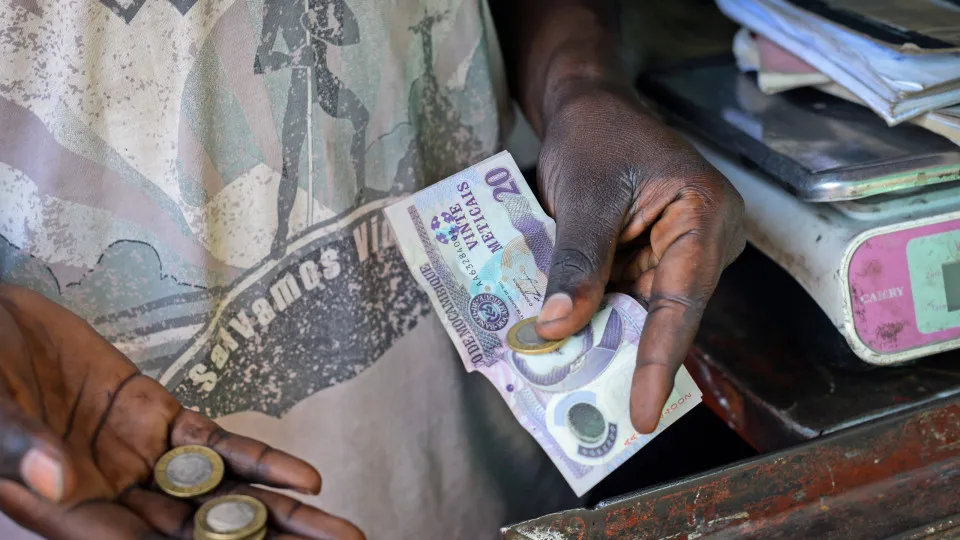
“Ensuring a balance between the importance of consolidating public accounts to stabilize debt indicators, while freeing up budget space to meet the needs for productive investment, is vital. However, this consolidation effort should not overlook the need to create conditions in terms of resource allocation for investment to allow the economy to continue growing,” stated the Secretary of State for Treasury and Budget today.
Amílcar Tivane outlined the perspectives of the Economic and Social Plan and State Budget (PESOE) proposal for 2026 to partners at the Central Development Observatory in Maputo, acknowledging that international shocks and geopolitics influence Mozambique’s forecasts.
“To face these challenges, we will continue working on streamlining expenses, with two cornerstones being controlling the payroll and stabilizing debt charges,” he explained, further recognizing that expenditure represents a “critical domain” of next year’s PESOE.
“For 2026, we are programming a budget with expenditure levels around 32% of GDP, state revenues around 28% of GDP, and a fiscal deficit around 6% of GDP,” enumerated the Secretary of State, assuring that the difference will be financed by donations, internal and external debt, but with “greater restraint to minimize risk.”
This year, the government previously projected a deficit of 5.6% of GDP.
In today’s address, Amílcar Tivane also detailed that the fiscal policy objectives for 2026 “will continue to revolve around the need to strengthen fiscal credibility and transparency,” as well as “implement or accelerate a set of reforms to boost revenue collection.”
“Here, we are considering revising the IRPC and IRPS codes [corporate and individual income taxes], the tax benefits code, which is already under review, as well as the taxation of income in the digital space,” he pointed out.
Regarding public debt management, he stated the strategy will “continue to prioritize managing the portfolio” through “passive management operations, debt swaps, and ultimately reducing the financing volume of public debt” to “create conditions for the country’s risk premium indicators to improve.”
On the other hand, he emphasized the need to generate primary surpluses to ensure public debt stabilization, enabling a “fiscal framework flexible enough to meet expenditure pressures arising not only from the need to buffer external shocks but also from social expenses, productive investment, and administrative challenges.”
The net financing of Mozambique’s state expenses with short-term Treasury Bills reached 17.720 million meticais (238.1 million euros) until June, bringing the total debt to 14.4 billion euros.
According to budget execution data from January to June from the Ministry of Finance, nearly 134.064 million meticais (1.801 billion euros) in Treasury Bills were issued.
“The growth in internal debt is justified by the poor revenue performance and lack of disbursements of external resources (grants and credits), forcing the government to resort to issuing Treasury Bills and other short-term loans to finance the Treasury deficit and ensure the execution of the PESOE [Budget],” states the document, adding that the public debt ‘stock’ on June 30 amounted to 1.072 billion (trillions) meticais (14.4 billion euros).




